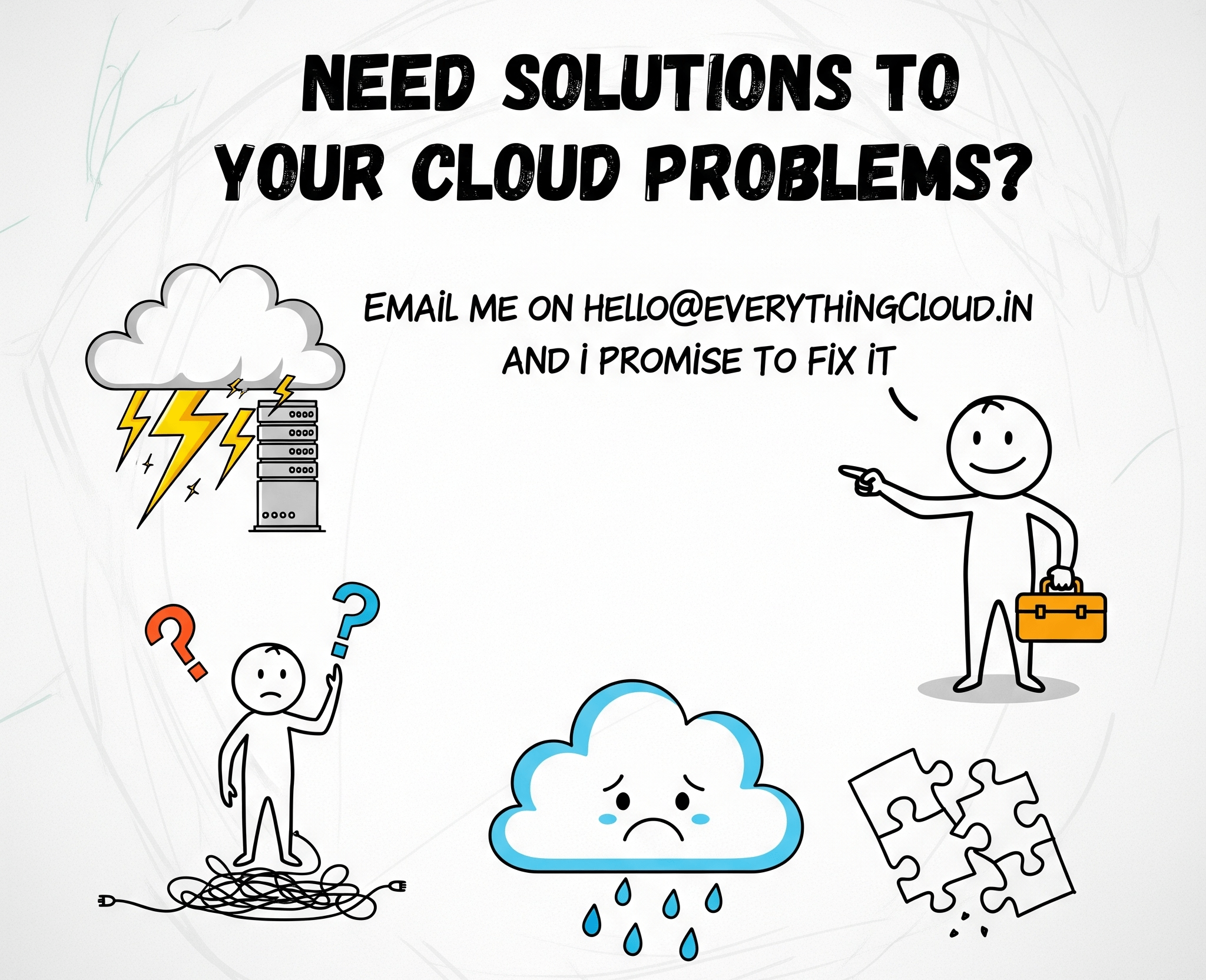
Introduction
Cloud migrations Azure projects unlock agility, resilience, and cost benefits when executed with clear strategy and the right platform tooling. This guide outlines planning, execution, governance, and real-world case studies to help large organizations migrate at scale on Azure while minimizing risk and maximizing ROI.
Why migrate to Azure at scale
Enterprises choose Azure for global reach, integrated services, and enterprise-grade security. Migrating at scale means more than moving servers: it requires aligned business outcomes, standardized landing zones, and repeatable processes. Studies show many organizations reduce infrastructure costs by 20–50% and accelerate release cycles; Azure’s hybrid capabilities and SaaS ecosystem can preserve existing investments while enabling cloud-native transformation.
Strategy and planning essentials
A practical strategy begins with discovery and prioritization. Use Azure Migrate to inventory VMs, databases, and application dependencies. Create a migration wave plan by business priority, data sensitivity, and technical complexity. Estimate TCO using Azure Cost Management and include networking, ingress/egress, and licensing. Build a target architecture based on the Azure Well-Architected Framework—availability zones, regional pairs, and resilient services—and document rollback and cutover windows for each wave.
Key planning activities:
- Perform a dependency mapping to avoid application breakage during cutover.
- Classify workloads: lift-and-shift, replatform, refactor, or replace.
- Define KPIs: downtime SLA, performance targets, cost baselines, and security posture.
- Set up a sandbox landing zone to validate templates, networking, and identity integration.
Migration approaches and tooling
Choose the right approach per workload. Lift-and-shift minimizes code changes and uses Azure Site Recovery or Azure Migrate replication. Replatforming (e.g., migrate SQL Server to Azure SQL Managed Instance using Azure Database Migration Service) reduces operational overhead. Refactoring to Azure PaaS (App Service, Functions, AKS) yields long-term agility and autoscaling.
Practical tooling and patterns:
- Azure Migrate for discovery, assessment, and agentless performance-based sizing.
- Azure Site Recovery for orchestrated VM replication and failover testing.
- Azure Database Migration Service to move databases with minimal downtime.
- Infrastructure as Code with ARM templates, Bicep, or Terraform to provision consistent landing zones.
- CI/CD pipelines and feature-flag-driven releases to decouple deployment from migration cutovers.
Governance, security, and cost optimization
Governance at scale prevents sprawl and enforces standards. Use management groups, subscriptions, and Azure Policy to apply guardrails. Integrate identity and access via Azure Active Directory with conditional access and role-based access control. For security monitoring, centralize logs in Log Analytics and use Azure Defender to detect threats.
Cost optimization tactics:
- Right-size VMs after performance benchmarking; many customers downsize 10–40% after migration.
- Use Azure Reserved Instances and Savings Plans for predictable workloads to lower compute costs.
- Leverage Azure Hybrid Benefit for Windows Server and SQL Server licensing to reduce licensing spend.
- Establish automated shutdown schedules for nonproduction resources.
Case studies and practical steps
Example 1 — RetailCo: RetailCo migrated 500 VMs and 120 databases in phased waves. They used Azure Migrate to detect dependency chains and started with noncritical storefront services. After two waves they refactored the payment gateway to Azure Functions and cut database ops by 40% using Azure SQL Managed Instance. Outcome: 35% infrastructure cost savings and a 60% reduction in recovery time objectives.
Example 2 — FinServCorp: Financial services firm required strict compliance. They implemented a landing zone with Azure Policy controls, private endpoints for storage and databases, and Azure Firewall for egress filtering. Using the migration factory model, they standardized templates and automation and migrated 200 applications in 12 months. Outcome: strong audit posture and faster deployments aligned with regulatory needs.
Checklist for execution:
- Run pilot migrations and document cutover lessons.
- Automate testing and monitoring to validate post-migration performance.
- Train teams on Azure native services to reduce reliance on legacy specialists.
- Measure against KPIs and iterate on landing zone and policies.
Conclusion
Cloud migrations Azure at scale succeed when aligned to business outcomes, supported by repeatable processes and the right Azure tools. Begin with discovery, adopt a migration wave approach, enforce governance, and optimize costs continuously. With a migration factory mindset and concrete KPIs, organizations can achieve measurable cost savings, improved resiliency, and faster innovation.






Leave a Reply